15 Things To Do In Gibraltar
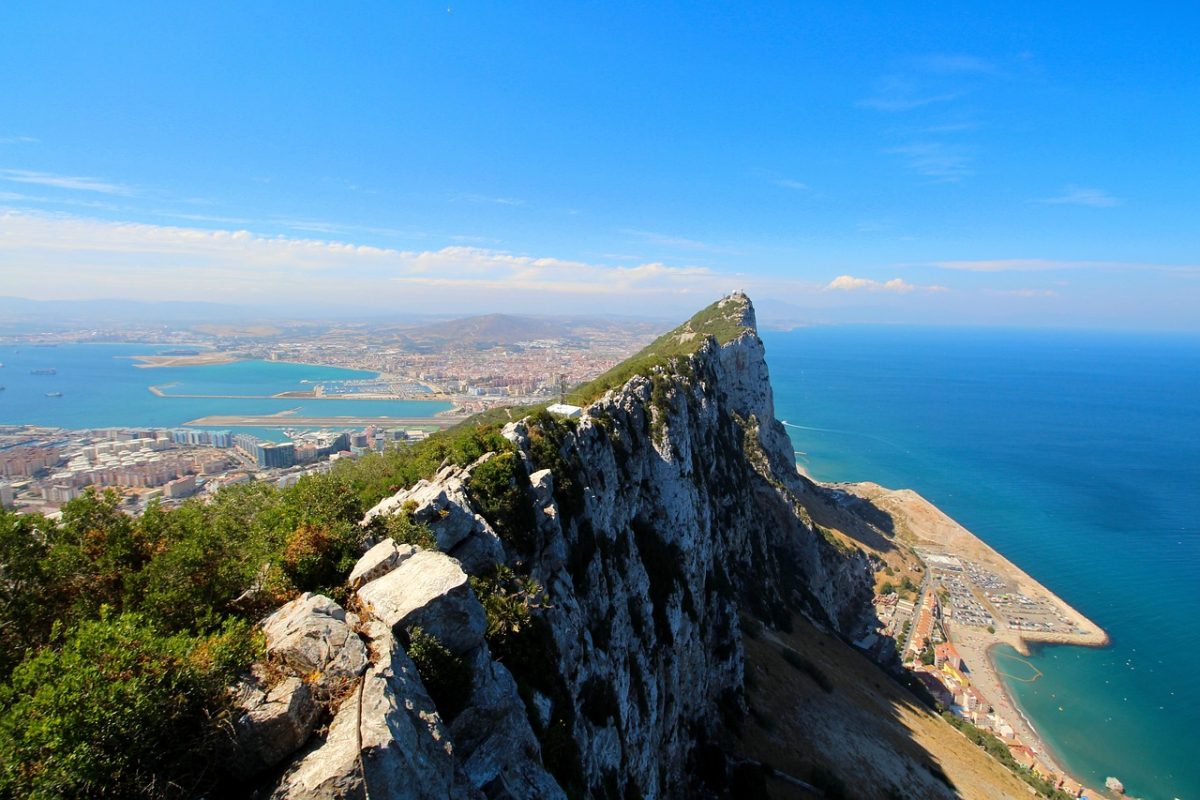
Gibraltar might be small with only 6.7 square kilometres of land, but it’s quite unique in its own way. It’s a British Overseas Territory on the tip of the Iberian Peninsula, which some may consider it a historical anomaly in modern Europe. It was during the War of Spanish Succession that Anglo-Dutch forces captured Gibraltar in 1704. The territory came under the rule of Great Britain in perpetuity under the Treaty of Utrecht in 1713.
Only around 30,000 people live in Gibraltar, with the huge rock, for what the island is famous for, dominating the landscape. And yet, its strategic location has given Gibraltar not only a place in European history but also many attractions to visit. Its military past is one of the main legacies, but the Rock of Gibraltar itself and the Natural Reserve around it has plenty for visitors to discover.
Here is a list of 15 things to do in Gibraltar to make the most of your time there.
1.
St Michael’s Cave
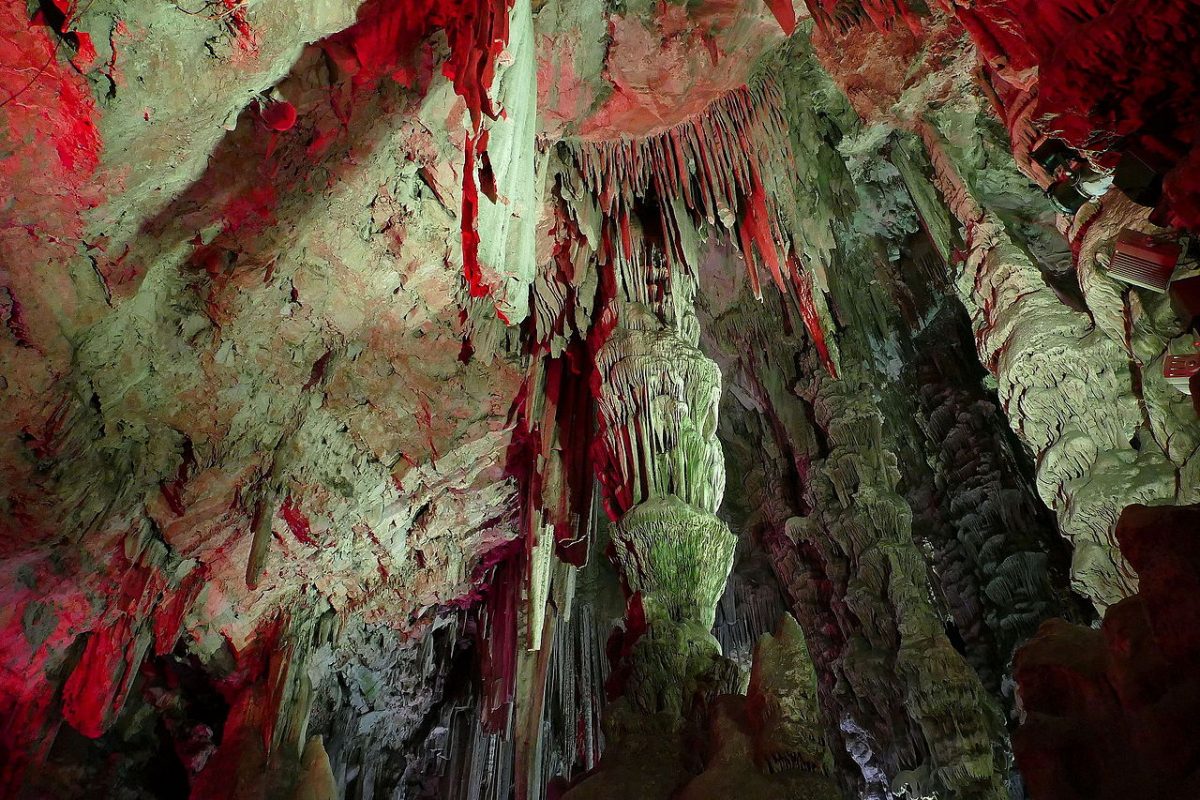
Photo by Schnobby on Wikimedia Commons
It was long believed that St. Michael’s Cave was bottomless as the legend said that the Rock of Gibraltar was linked to Africa by a subterranean passage. During World Word II, the cave was prepared as an emergency hospital, although it was never used. Since the early 60s’, the cave has served as a theatre.
It was only in 1942 that the Lower St Michael’s Cave was discovered. This extraordinary cavern, with several chambers, glimmers with white, grey and red stalactite columns. It also contains a lake of crystal clear water nearly 35 meters long. Pre-booking is necessary to visit it. There is no admission for children under 10.
The Nature Reserve Fee also includes St. Michael’s Cave. It costs t £13 for adults and £8 for Children ages 5 to 11. The ticket includes St. Michael’s Cave, Apes’ Den, Great Siege Tunnels, Moorish Castle, City Under Siege Exhibition, Military Heritage Centre, Skywalk, O’Hara’s Battery, and 100 Top Gun.
The World War II Tunnels are also located within the reserve and they carry an extra admission fee of £8. And admission to the Lower St Michael’s Cave costs £25.
Opening Hours are from Mondays to Sundays from 9.30 am to 6.15 pm. For further information, click here.
2.
The Moorish Castle
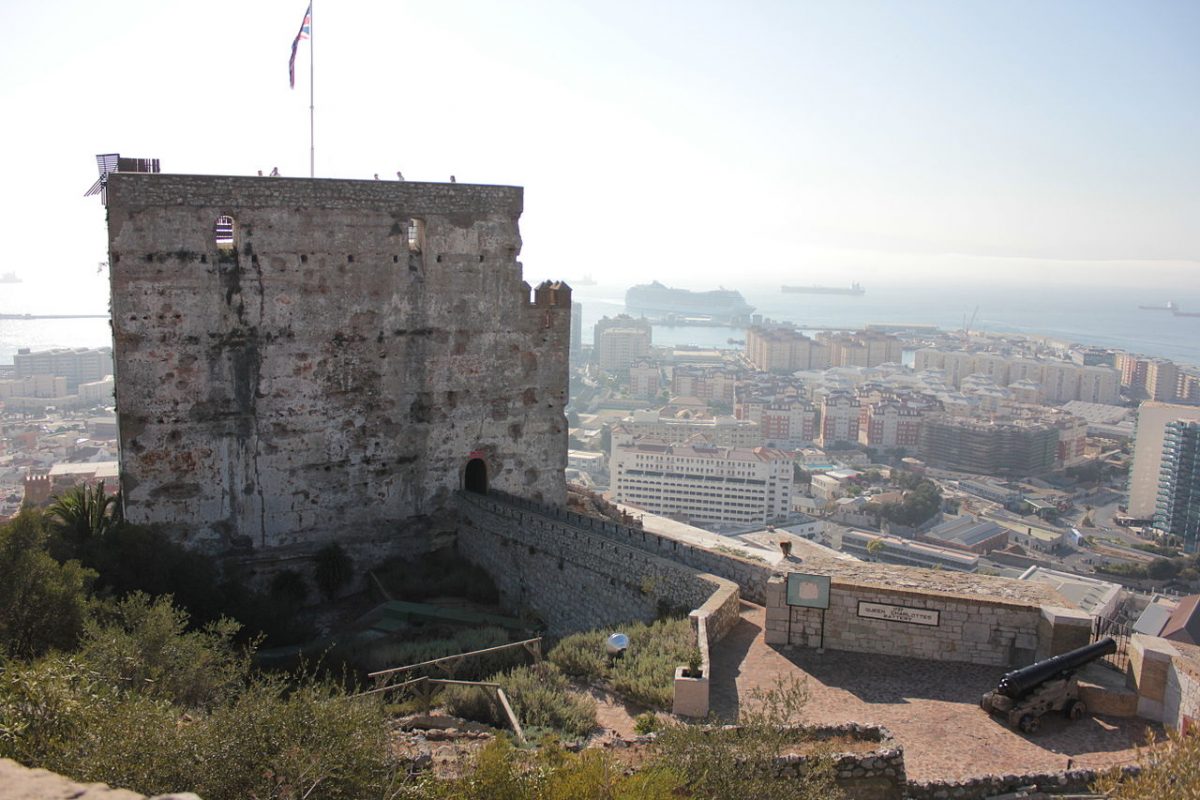
Photo by John Cummings on Wikimedia Commons
The fortifications that are known today as the Moorish Castle was first built in 1160. The Spanish destroyed the castle when they re-conquered Gibraltar from 1309 to 1333. The structure that today dominates the hillside is The Tower of Homage, a rebuilt tower built it 1333 when Abu’l Hassan recaptured Gibraltar from the Spanish. The Moorish Castle’s courtyard served as a prison until 2010.
Opening Hours to the castle are from Mondays to Sundays from 9 am to 7.15 pm. Admission to the castle is also included in the Nature Reserve Fee (see St. Michael’s Cave for details). For further information, click here.
3.
Gibraltar National Museum
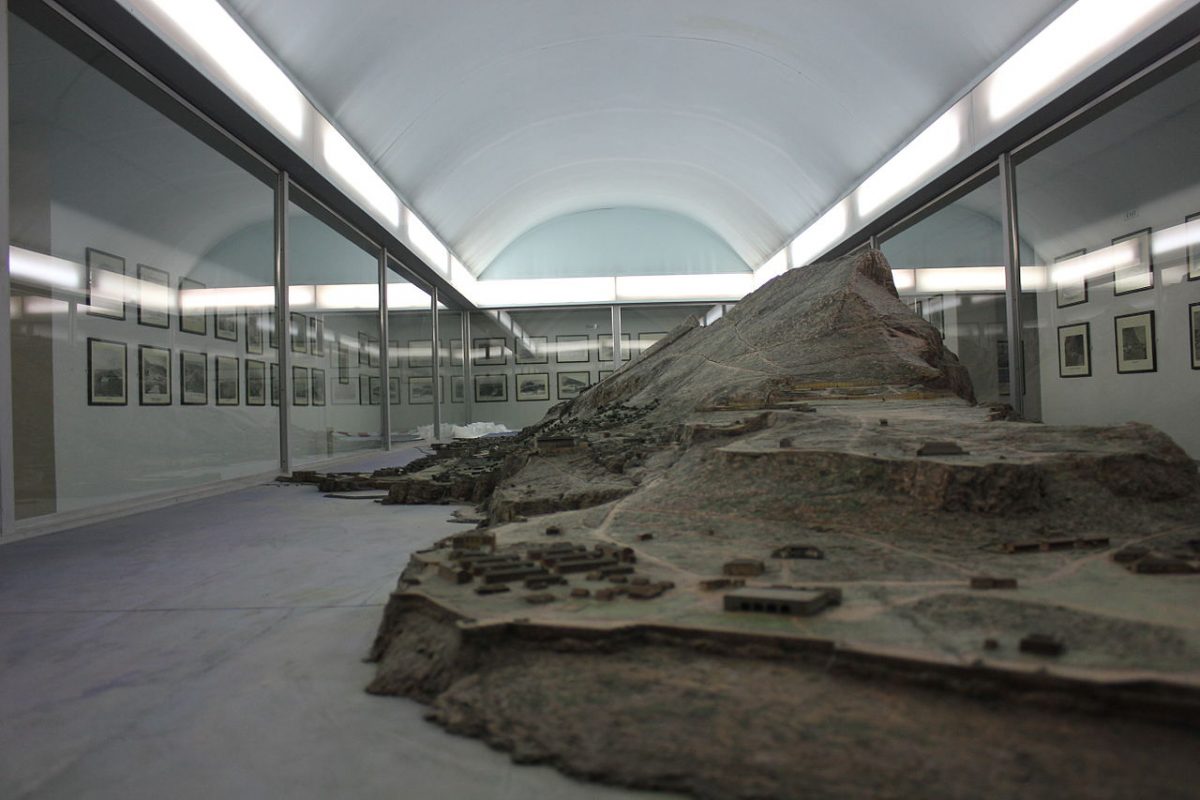
Photo by John Cummings on Wikimedia Commons
Founded in 1930, the museum houses an interesting collection of cultural and natural history items. Prints, paintings, drawings, and objects from 127,000 years ago to the present day make an impressive display.
Part of the building was once the Moorish Baths which dates back to the 14th century and is one of the finest remains of that period in the Iberian Peninsula.
Opening Hours are from 10 am to 6 pm on Mondays to Fridays and from 10 am to 2 pm on Saturdays. The Admission Price is £5 for Adults and £2.50 for children ages 5 to 12. For further information, visit the official website.
4.
The Great Siege Tunnels
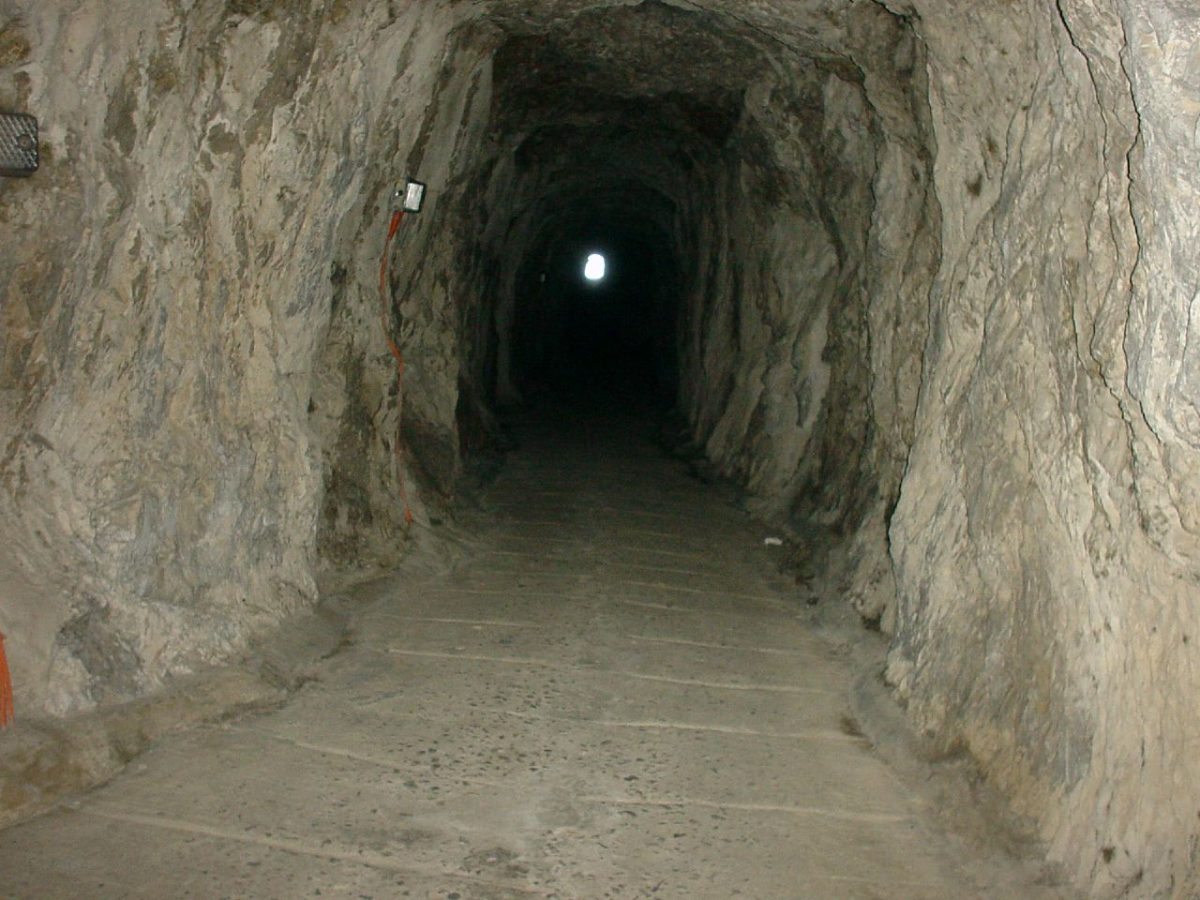
Photo by James Cridland on Wikimedia Commons
It was during the American War of Independence that France and Spain tried to recapture the Rock from the British. The Great Siege lasted from July 1779 to February 1783. The defeated commander of the French and Spanish troops, Duc de Crillon, said that the tunnels were worthy of the Romans.
The Great Siege Tunnels are a labyrinth of tunnels designed to defend the Rock. Originally, there was no intention of mounting guns in the first built gallery but when the fumes from the blasting almost suffocated the miners, they decided to open a vent to let air into the tunnel. During World War II, the Royal Engineers added some 52 km of tunnels.
Opening Hours to the tunnels are from 9 am to 7.15 pm on Mondays to Sundays. Admission to the tunnels is also included in Nature Reserve Fee. For further information, click here.
5.
World War II Tunnels
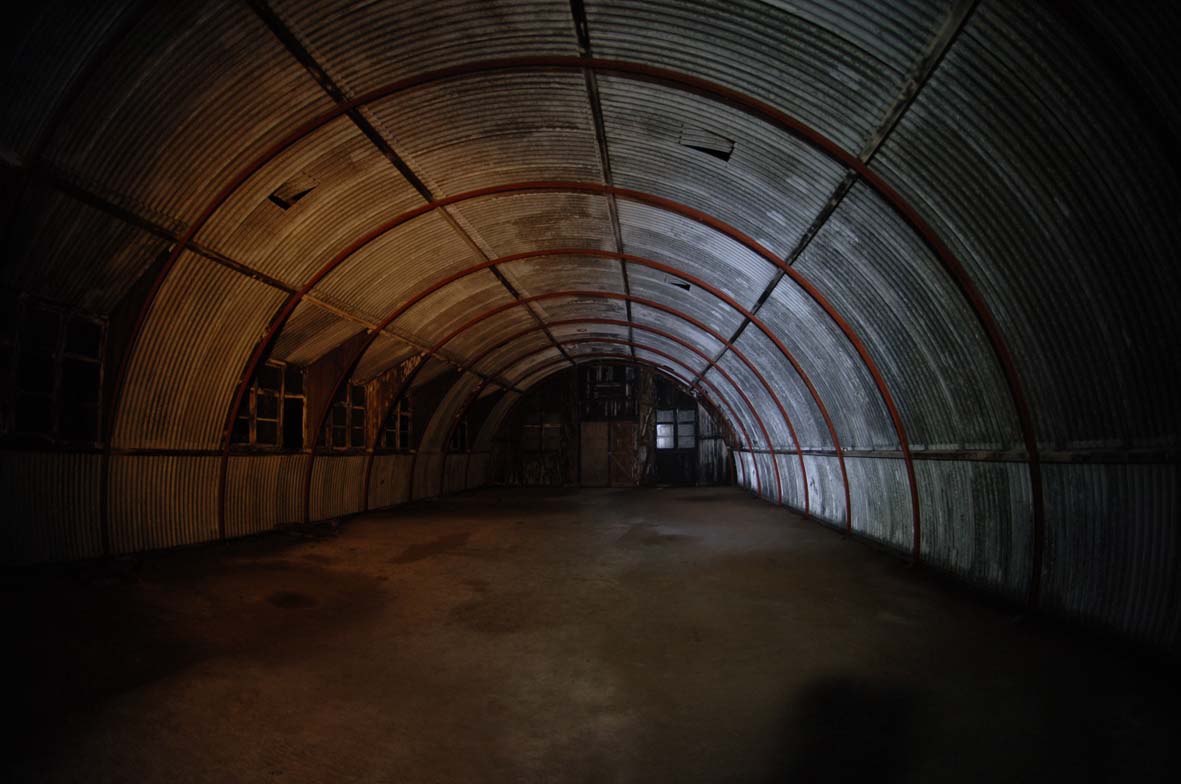
Photo by AquilaGib on Wikimedia Commons
After Italy entered World War II, Gibraltar’s strategic importance grew significantly. A tunnel system was built to provide storage for food and equipment, as well as to give full protection in case of an air attack. A pair of tunnels, the Great North Road and the Fosse Way, were excavated running nearly the Rock’s full length to interconnect the wartime tunnels.
It was estimated that an entire garrison that’s about 16,000 strong could be housed there with enough food to last for 16 months.
Opening Hours are from Mondays to Sundays from 9 am to 6.15 pm. Admission is £8 for adults. The tunnels are only accessible by entering Gibraltar Nature Reserve. The full attraction ticket costs £12 and pre-booking is recommended as it can get crowded. For further information, click here.
6.
The Alameda Gardens
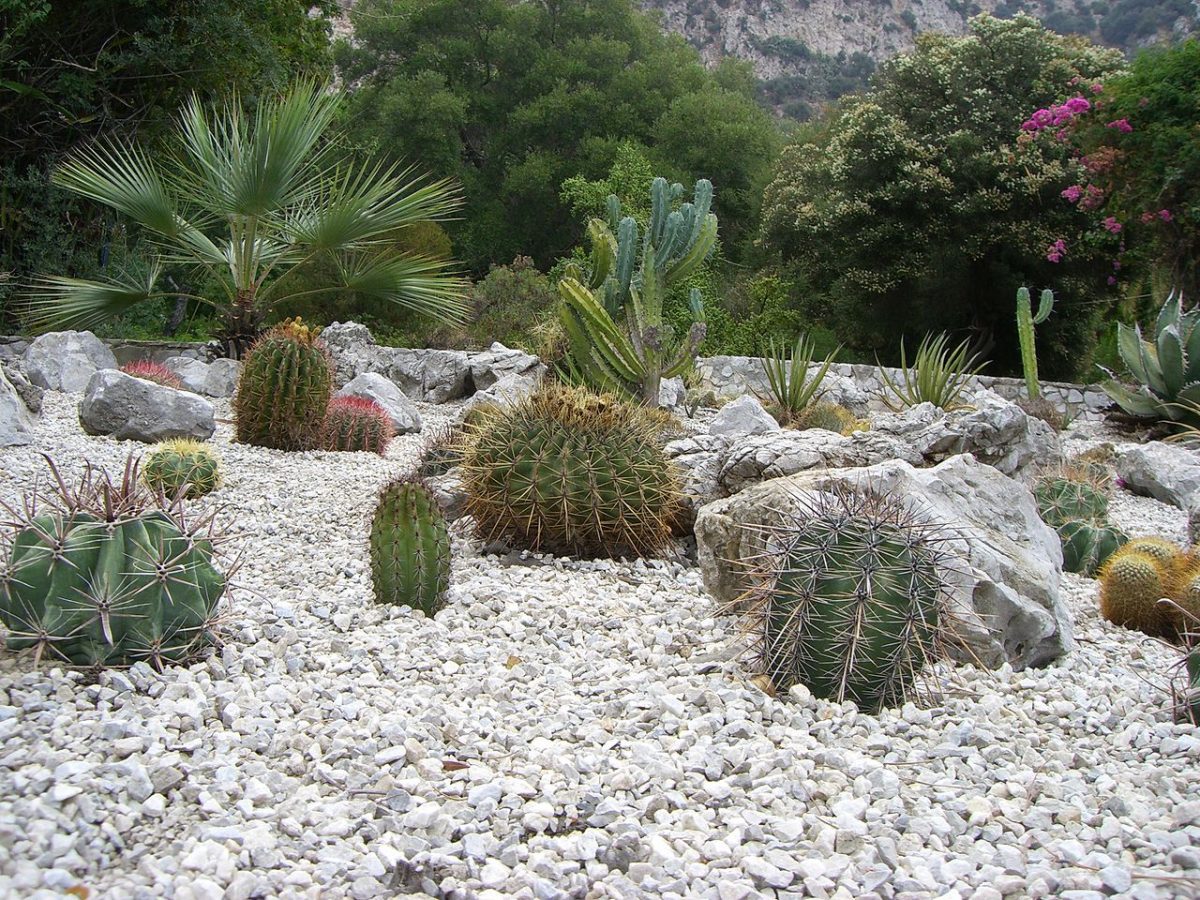
Photo by Claire Wilkinson on Wikimedia Commons
The beautiful Gibraltar Botanic Gardens, also known as The Alameda Gardens, were first opened to the public in 1816. With an impressive collection of plants and trees, some over 200 years old, the gardens are also home to many birds, bats, reptiles, and butterflies. The Dragon Tree, the Stone Pine, the Wild Olive, and the Nettle Tree are some of the main attractions. The garden also has many plants from South Africa and Australia.
The Alameda Gardens houses two monuments. These are the General Elliot Column and two of the four Russian guns that Britain gave Gibraltar during the Crimean War.
Admission is Free with guided tours costing £5 for adults and children can join in for free. Opening Hours are from 9 am to 6 pm from Mondays to Sundays. For further information, visit the official website.
7.
Rock of Gibraltar
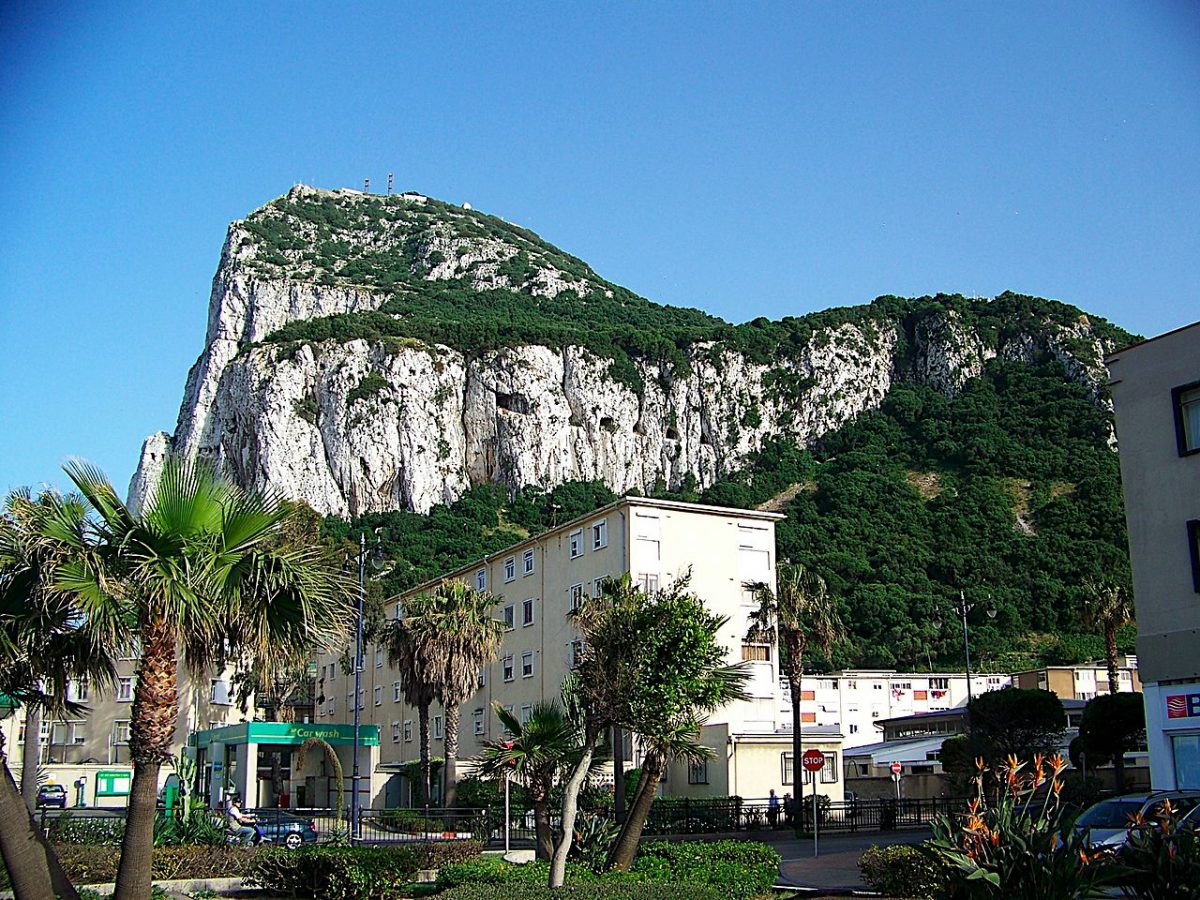
Photo by Nathan Harig on Wikimedia Commons
Gibraltar’s most prominent landmark, the Rock of Gibraltar, raises 426 meters (1,400 ft) above sea level. There are few places on earth where you can view two continents and three countries at once. You can either take the Cable Car, walk up the Mediterranean Steps or hop on a guided taxi or bus tour (private cars are not allowed) to get to the top where you can enjoy the magnificent views.
The Rock is part of the Gibraltar Nature Reserve. Following the removal of goats during the 19th century, Barbary macaques became the dominant animals on the Upper Rock. These macaques are the only monkeys native to Europe. O’Hara’s Battery, named after General Charles O’Hara who was Governor of Gibraltar between 1795-1802, is the highest point of the Rock of Gibraltar.
Opening Hours are from 9 am to 7.15 pm on Mondays to Sundays. Admission to the Rock of Gibraltar is included in the Nature Reserve Fee. Cable Car Operating Times are from 9.30 am to 7.15 pm. Ticket Price is £16 for adults and £7 for children. For further information, click here.
8.
Irish Town
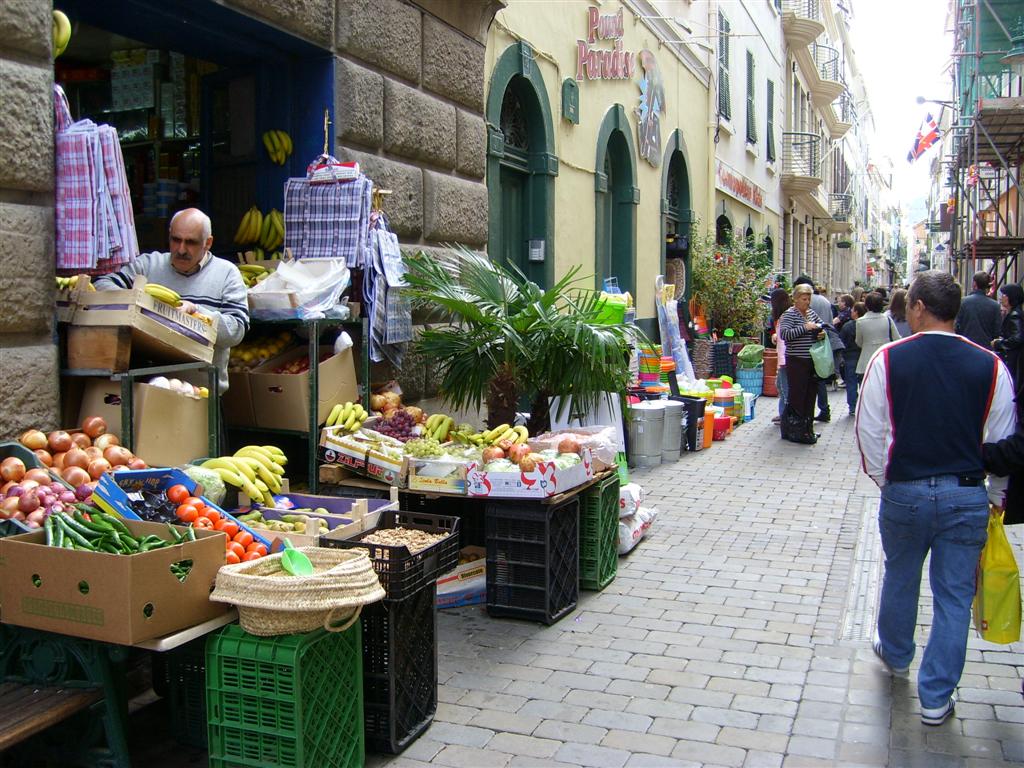
Photo by Certo on Wikimedia Commons
Running parallel to Main Street, Irish Town is the commercial heart of Gibraltar. The street was called Calle de Santa Ana when Gibraltar was under Spanish rule. When Gibraltar was taken by Anglo-Dutch forces in 1704, the convent of Santa Clara was abandoned and was used by the Royal Navy as a storehouse and an apartment building. The original Irish residents were most likely Irish women immigrants sent to Gibraltar to provide company for the troops.
The most important building on Irish Town today is the former Victorian police station. Built in 1864, it was Gibraltar’s police headquarters until 1984. Irish Town is today a pedestrian street full of restaurants, bars, and shops.
9.
Princess Caroline’s Battery
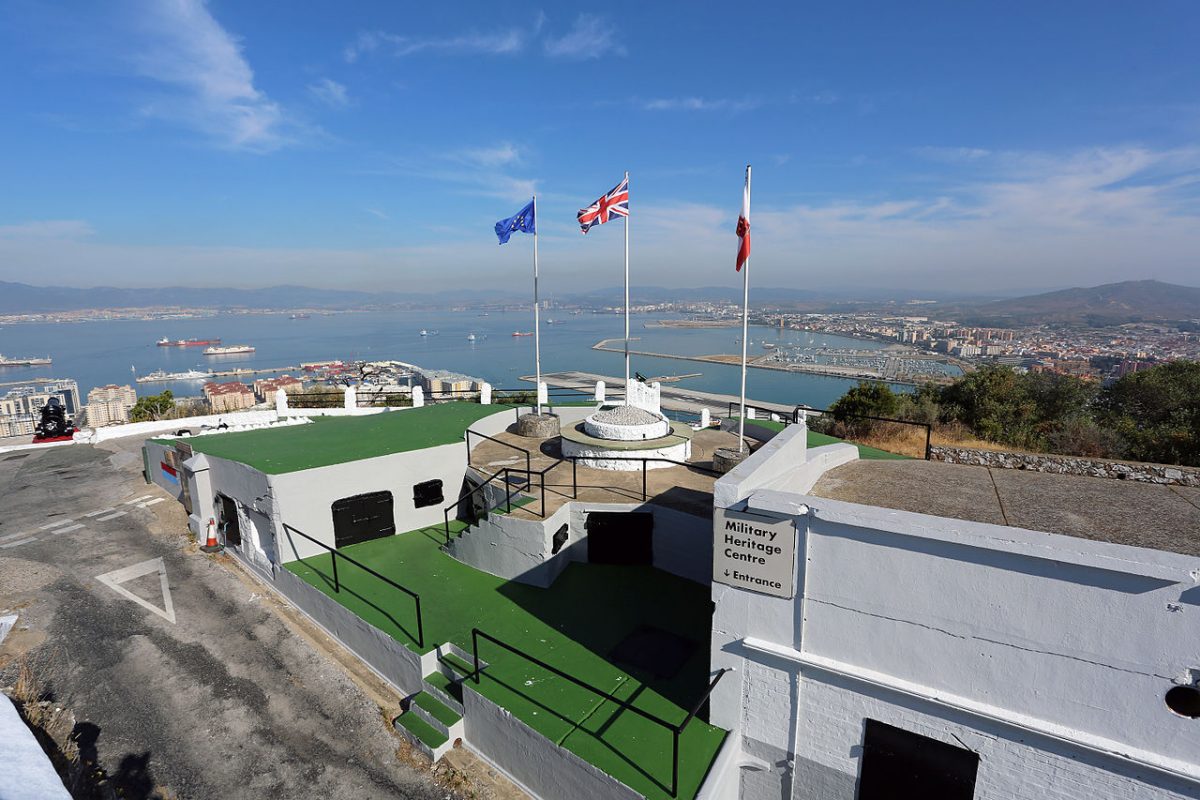
Photo by Moshi Anahory on Wikimedia Commons
Gibraltar’s Military Heritage Centre is located at Princess Caroline’s Battery, a former artillery battery at the northern end of the Gibraltar Nature Reserve. It was built in 1732 and it’s named after the third daughter of King George II.
The relics exhibited dates back to the eighteenth century. Besides the relics from the battery, there are weapons, shells, and other artefacts. The Memorial Chamber displays ensigns of the Royal Air Force and the Royal Navy in it. There’s also a monument which commemorates the British Regiments.
Opening Hours are from 9 am to 7.15 pm on Mondays to Sundays. Admission to the heritage centre is also included in Nature Reserve Fee. For further information, click here.
10.
Skywalk
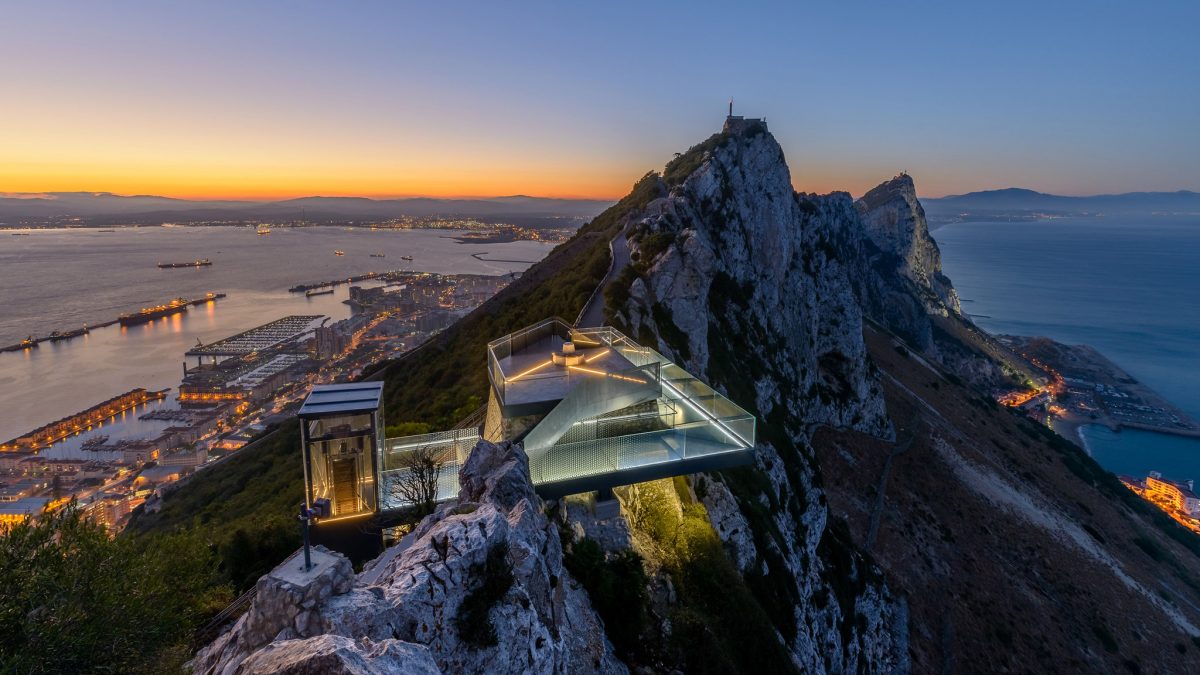
Photo by Stephen Ball on Flickr
The latest attraction to open in Gibraltar, the Skywalk stands 340 meters above sea level and offers breathtaking 360º views of Gibraltar, Spain, and Africa. Built on a former military lookout, Skywalk has been designed to withstand wind speeds of over 150 km/hr. The site limits to only 50 visitors at any one time.
Skywalk is linked to other sites within the Gibraltar Nature Reserve. These include the exhilarating Windsor Suspension Bridge, a 71-meter bridge across a 50-meter deep gorge.
Opening Hours are from 7 am to 10 pm on Mondays to Sundays. Admission is included in Nature Reserve Fee. For further information, visit the official website.
11.
Europa Point
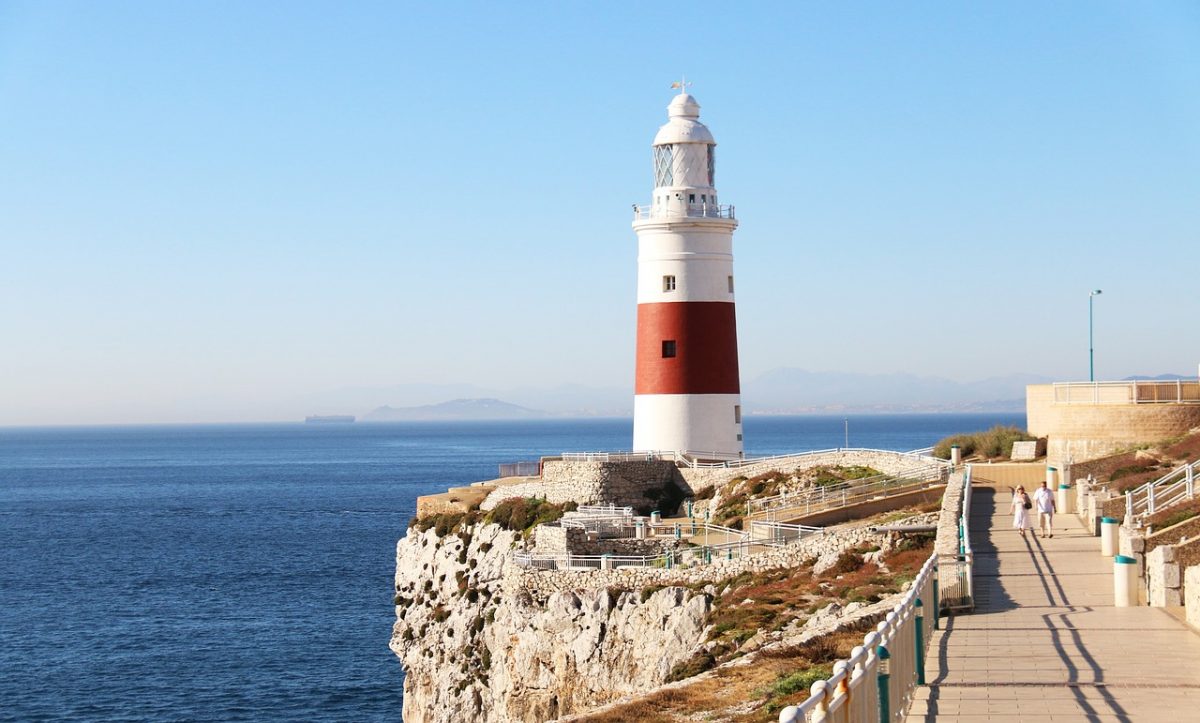
Photo by Moise Marian on Pixabay
Gibraltar Trinity Lighthouse sits on Europa Point, one of Europe’s southernmost points and it is where the Iberian peninsula ends. The lighthouse dates back to 1841.
Besides walking around the end tip of Gibraltar, nearby you can also visit the Harding’s Battery, the Sikorski Memorial, and the Ibrahim-al-Ibrahim Mosque.
For further information, visit the click here.
12.
Gorham’s Cave Complex
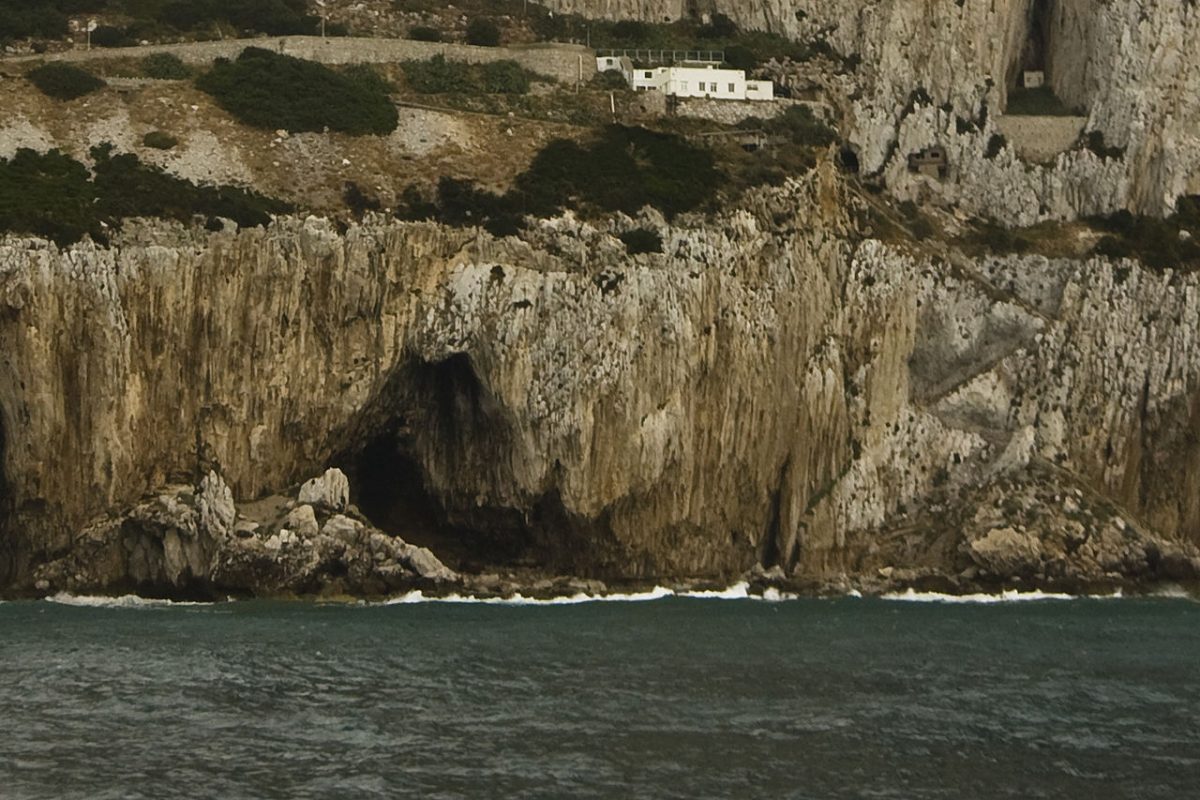
Photo by Gibmetal77 on Wikimedia Commons
A UNESCO World Heritage Site since 2016, the Gorham’s Cave Complex is an area covering some 28 hectares on Gibraltar’s eastside, from the sea to the top of the Rock. The cluster of caves is an exceptional testimony of the occupation of the Neanderthals and early modern human population.
You can visit Gorham’s Cave Complex unescorted or with pre-booked guided tours. Specialized boat trips provide views of the complex, including the Vanguard Caves from the sea. Views of the site are also available from the Europa Advance Batteries Viewing Platform. For further information, click here.
13.
The Old Town
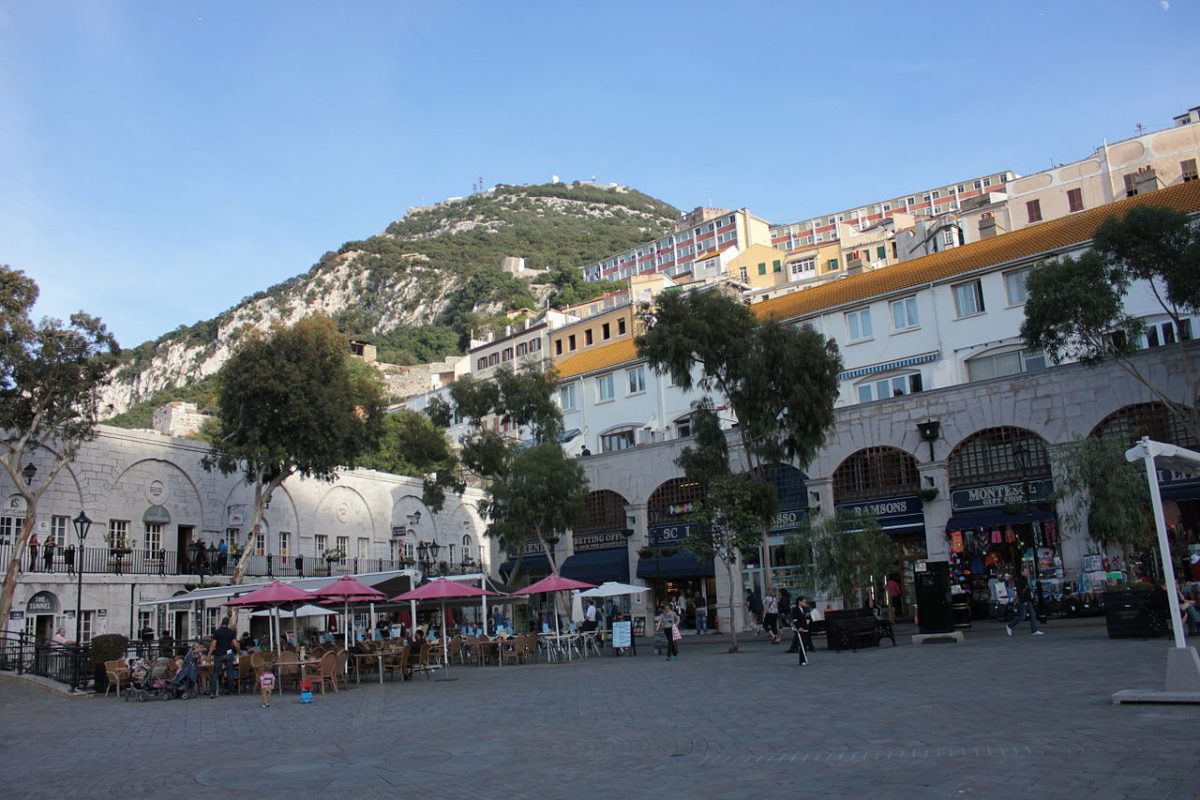
Photo by Harry Mitchel on Wikimedia Commons
Gibraltar’s Old Town is worth a walking tour. A good starting point is Casemates Square, located at the northern end of Main Street. The square is full of pubs, bars, and restaurants, and marks the entrance to the shopping district thus making Gibraltar’s main nightlife spot. It’s also where Gibraltans hold major events and celebrations, such as National Day and New Year’s Eve.
If you walk up Casemates Hill to Montagu Bastion, you’ll find the Gibraltar Exhibitions of Modern Art Gallery (GEMA). Six works of Christian Hook, a well-known local artist, are on display there. GEMA opens Mondays to Fridays from 11 am to 3 pm and entrance is free.
Finally, you can walk along Main Street and then reach the City Hall building at John Mackintosh Square. It houses the Mario Finlayson National Art Gallery which is dedicated to the most renowned local artists. Mario Finlayson National Art Gallery opens Mondays to Fridays from 9.30 am to 5.30 pm and entrance is free.
14.
Beaches

Photo by Hello Lightbult on Unsplash
Despite Gibraltar being a small area, several beaches can be found along its short shore. Most of them are located on the east coast. Catalan Bay is probably the most famous of all. Known in Spanish as “La Caleta”, it is located in a bay by a quaint fishing village.
Eastern Beach is the largest beach in Gibraltar and is also located on the east side of the Rock. As the beach stretches all the way to Gibraltar’s airport runway, bathers can observe planes landing and taking off at the airport at close range.
Camp Bay is located at the southwestern end of Gibraltar, facing the Atlantic Sea. This beach is picturesque with the nearby rocky cliffs and a lido with two swimming pools for children.
15.
Religious Buildings
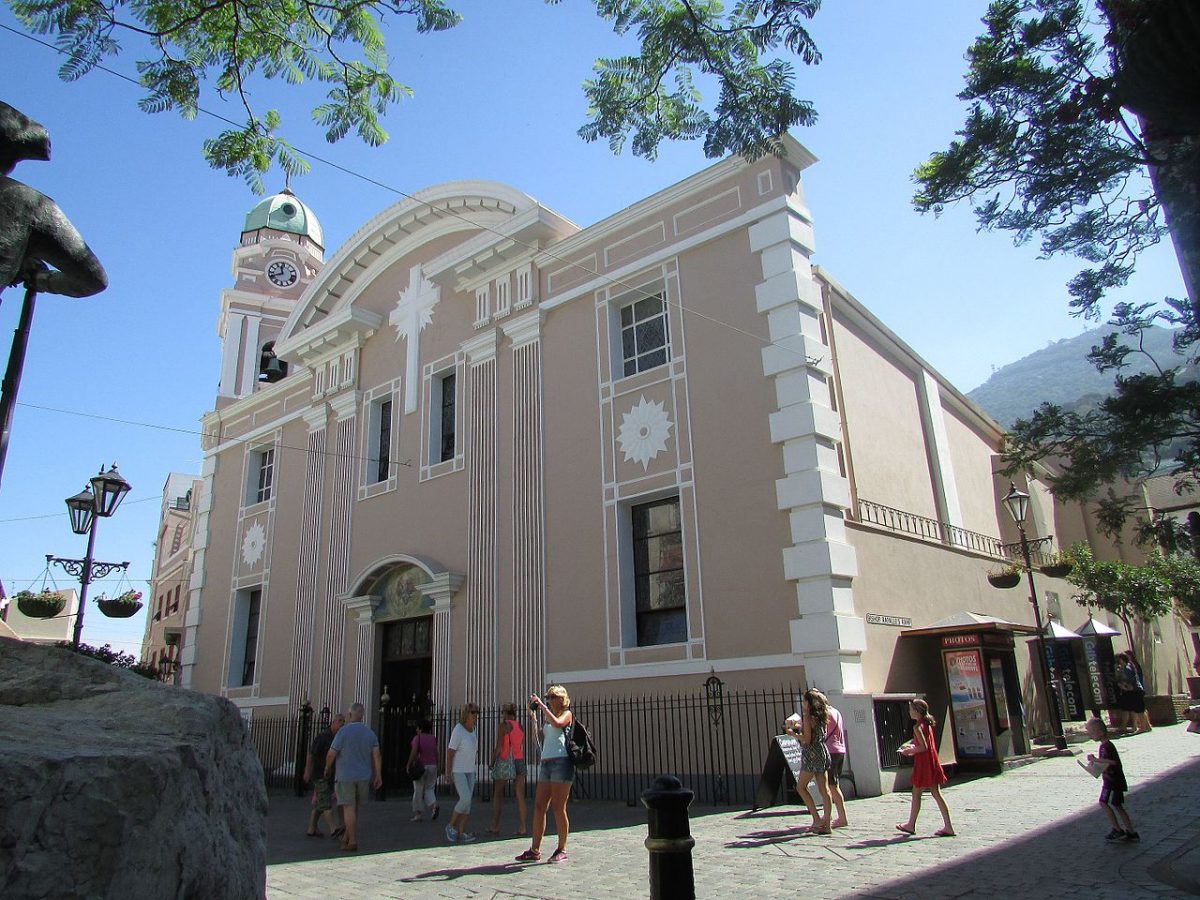
Photo by Kolforn on Wikimedia Commons
Gibraltar is a British Territory but its history is a blend of cultures as not only the Spanish and the Moorish set foot there but also the Maltese, the Genoese, the Portuguese, and the Moroccans.
Several religious buildings are a great example of Gibraltar’s rich cultural mix. The Cathedral of St Mary the Crowned is the only Roman Catholic Cathedral in Gibraltar. Located within the city walls, it sits on the site of an ancient mosque. Also within the walls, the Anglican Cathedral of the Holy Trinity was built in 1825 with a Moorish appearance.
The Jewish presence in Gibraltar goes back some 300 years. The Great Synagogue is one of the oldest in the Iberian Peninsula dating all the way back to 1724. Ibrahim-al-Ibrahim Mosque is one of two mosques in Gibraltar. It is a beautiful building standing at Europa Point since 1997. Finally, the Hindu Temple opened its doors in 2000 to serve Gibraltar’s small Hindu community.
Final Thoughts
There are many things to do and see in Gibraltar. Its compact size means you can enjoy your time there to the fullest. From breathtaking views to natural hidden wonders, without forgetting its rich history, Gibraltar offers a wide range of activities unknown to most people. Gibraltar is a truly unique country in a unique location.

